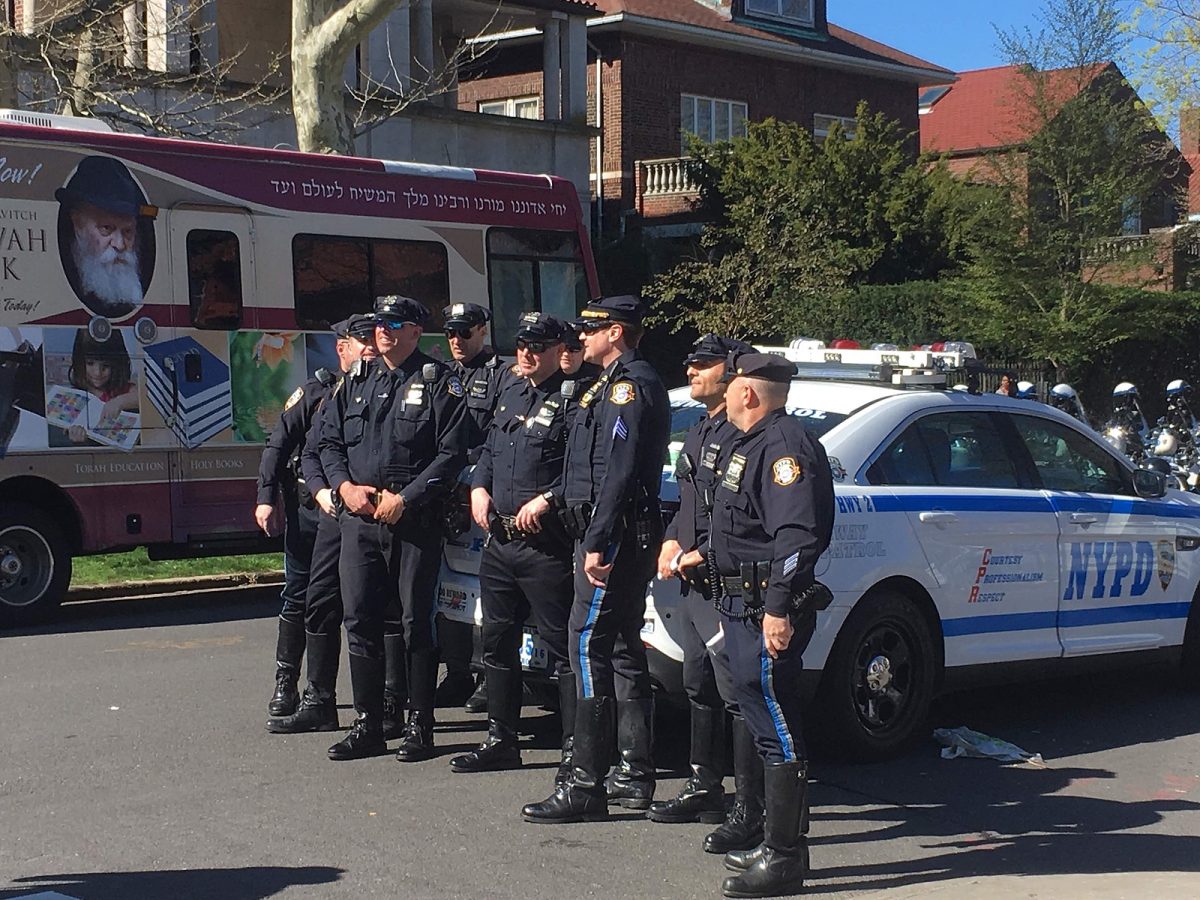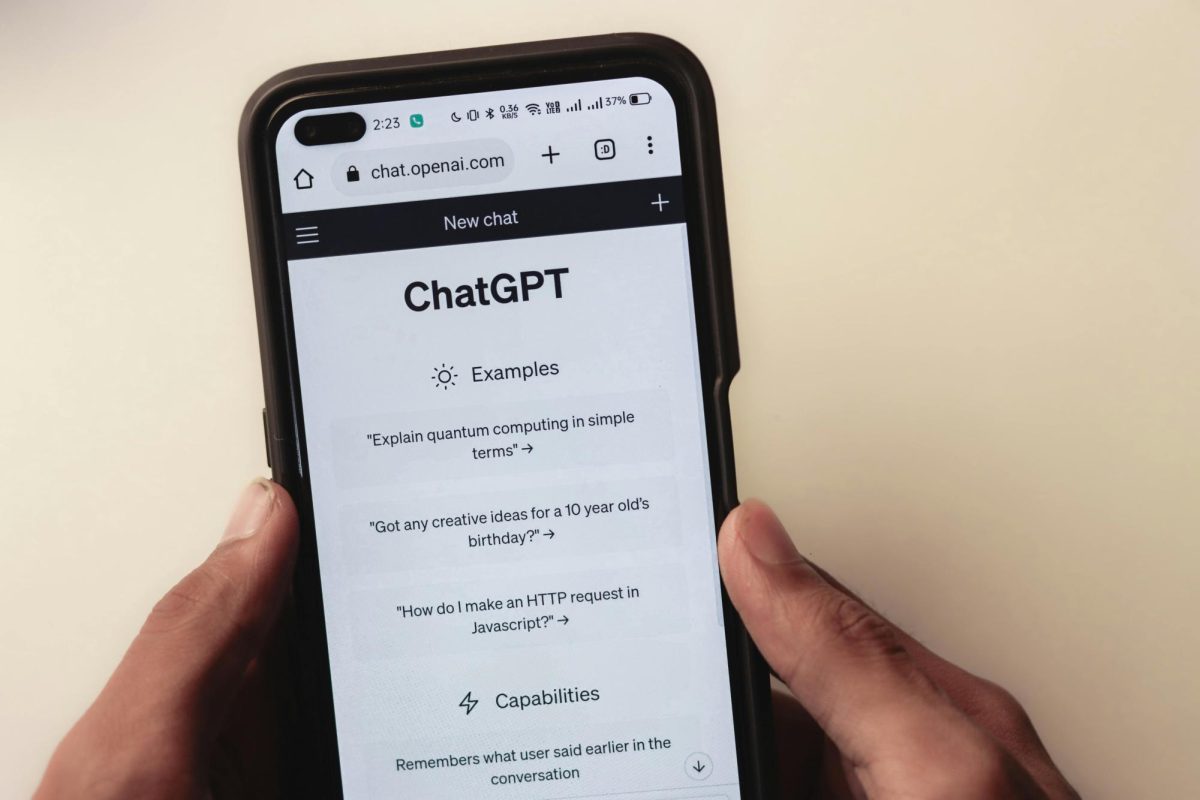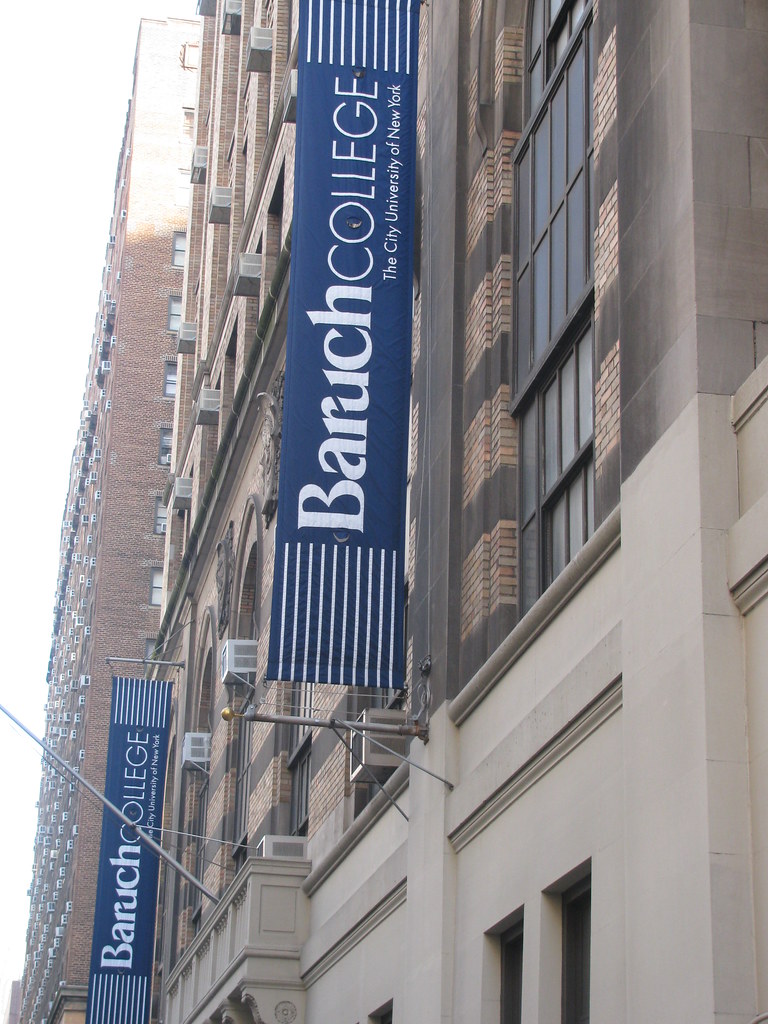Marcellus Williams was executed in the state of Missouri after spending more than two decades on death row. The death penalty should be considered an option only when, if at all, there is overwhelming evidence that the defendant committed a heinous crime, which was not the case with Williams.
Williams was first arrested in 1998 and charged for the first-degree murder of 42-year-old Felicia “Lisha” Anne Gayle.
The Midwest Innocence Project, a legal group whose attorneys represented Williams, worked to reach a compromise with the prosecutor’s office. On top of that, Gayle’s relatives gave their blessing to commute the sentence to life in prison instead of death row.
“The family defines closure as Marcellus being allowed to live,” the petition stated. “Marcellus’ execution is not necessary.”
However, the Missouri Supreme Court nullified the agreement, ruling that the death sentence would stand.
Williams had received reprieves for his execution twice in 2015 and 2017, but this time the Supreme Court rejected his appeals.
Justices Sonia Sotomayor, Elena Kagan and Ketanji Brown Jackson have all stated that they were in favor of halting the execution, but they were outnumbered.
In terms of the specific details of the case, prosecutors stated that in 1998, Williams broke into Ms. Gayle’s home and stabbed her 43 times with a butcher knife, then took her purse and her husband’s laptop.
The prosecution used testimonies from two individuals. One was from Williams’ girlfriend, who stated that she saw the aforementioned purse and laptop in his car and that Williams sold the computer a day or two later. The other testimony came from Henry Cole, who told prosecutors that Williams confessed to him about killing Gayle.
The defense responded to this by stating that Williams’ girlfriend and Cole were both felons and were after the $10,000 reward.
All the evidence at the crime scene, including fingerprints, a bloody shoe print and hair, did not match Williams’. Most importantly, DNA experts reviewed the results and determined that he was not the source of the DNA found on the knife that murdered Gayle.
St. Louis Prosecuting Attorney Wesley Bell requested a hearing challenging Williams’ guilt, and even considered throwing out the conviction on “numerous grounds, including the results of the DNA testing and constitutional violations during the jury selection process.”
However, new tests showed the DNA on the knife matched that of a prosecutor who worked on Williams’ case, which came from mishandling the item and neglecting to use gloves.
With the DNA evidence now unusable, Williams was forced to try and reach an agreement to enter a no-contest plea to first-degree murder with a life sentence as his punishment.
With this context, it does not seem like there was enough evidence to put Williams to death. If it were not for the contamination of the DNA evidence, there’s a decent chance that Williams would be alive today, if not out of jail entirely. This case was handled in an unprofessional manner and, because of that, might have even sent an innocent man to death row.
“Marcellus Williams should be alive today,” Bell said. “There were multiple points in the timeline when decisions could have been made that would have spared him the death penalty. If there is even the shadow of a doubt of innocence, the death penalty should never be an option.”
With the victim’s family calling Williams’ execution unnecessary and both sides willing to give a less harsh punishment, it seems that certain people in the legal system were more interested in getting the case over with and marking him guilty without actually going through the process to properly determine guilt.
There is also reason to believe that state authorities were prejudiced against Williams and failed to give him a fair trial. His attorney argued that there was racial discrimination in the selection of jurors for the trial, specifically the exclusion of Black jurors.
According to CBS News, a trial attorney removed a Black prospective juror just because he looked like Williams. When questioned, the prosecutor denied any wrongdoing, determining the jury composed of 11 White people and one Black person to be fair.
If the attorney believed two people to look similar, and it’s not because of race, then what is it? Facial structure? Looking like someone does not mean that person is biased towards him.
If it is indeed because of race, choosing to remove someone for that reason will inevitably create a biased courtroom. An attorney’s power to control who does and does not get to be a juror weakens the legitimacy of an impartial jury. Looking at the shady move by the trial attorney, it’s hard to argue that these jurors were selected fairly.
Whether or not Williams was truly guilty of the crime he was convicted for, it’s clear that he was not given a fair trial or chance to compromise and then paid the ultimate price for it.









